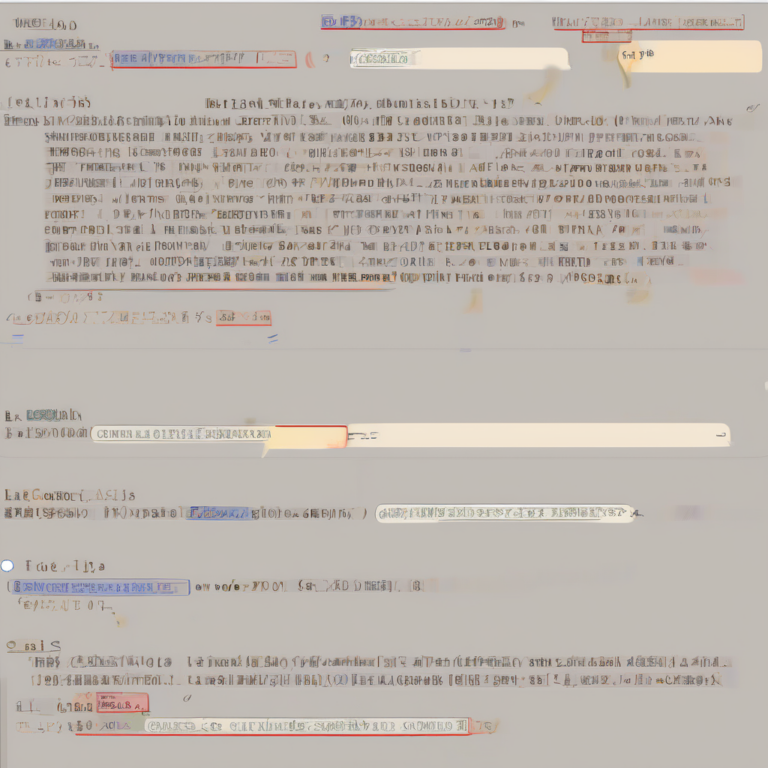
Decoding Key Insurance Claims: A Comprehensive Guide
Navigating the world of insurance claims can be daunting. Understanding the key elements involved is crucial for a smooth and successful process. This comprehensive guide delves into the critical aspects of insurance claims, providing clarity and empowering you to advocate effectively for your rights.
Understanding the Claim Process
The insurance claims process generally follows a series of steps, although specifics may vary depending on the type of insurance (auto, home, health, etc.) and the insurance provider. A typical process involves:
- Reporting the Claim: Promptly notifying your insurance company about the incident is the first crucial step. This often involves a phone call followed by a written claim form.
- Gathering Information: This stage involves collecting all necessary documentation to support your claim. This may include police reports (in case of accidents), photos of damages, medical records (for health claims), repair estimates, and more.
- Claim Investigation: The insurance company will investigate your claim to verify the details and assess the validity of your request. This may involve interviews, inspections, or further documentation requests.
- Claim Assessment and Negotiation: Once the investigation is complete, the insurance company will assess the damages and determine the amount they are willing to pay. Negotiation may be required if you disagree with their assessment.
- Claim Settlement: Once the claim is approved and any negotiations are resolved, the insurance company will issue a payment. This could be a direct deposit, check, or other agreed-upon method.
Key Elements of an Insurance Claim
Several crucial elements underpin a successful insurance claim. Understanding these elements is key to ensuring a smooth process:
- Policy Details: Having your policy number, coverage limits, and deductible readily available is essential. Understanding the terms and conditions of your policy is crucial for knowing what’s covered and what’s not.
- Accurate Documentation: Comprehensive and accurate documentation is paramount. This includes detailed accounts of the incident, supporting evidence such as photos or videos, and any relevant receipts or invoices.
- Timely Submission: Most insurance policies have time limits for reporting claims. Missing these deadlines can jeopardize your claim, so prompt action is vital.
- Honest and Accurate Reporting: Providing truthful and accurate information throughout the claims process is crucial. False statements or omissions can lead to claim denial.
- Communication: Maintaining open and clear communication with your insurance company is essential. Responding promptly to their requests and clarifying any ambiguities can expedite the process.
Common Types of Insurance Claims
Different types of insurance policies have different claims processes and requirements. Here are some of the most common types:
- Auto Insurance Claims: These claims typically involve accidents, theft, or damage to your vehicle. Key information includes police reports, witness statements, and repair estimates.
- Homeowners Insurance Claims: These claims cover damage to your property due to events like fire, theft, or natural disasters. Documentation needs include photos of damage, repair estimates, and proof of ownership.
- Renters Insurance Claims: Similar to homeowners insurance, but covers personal belongings in a rental property. Documentation requirements are largely the same.
- Health Insurance Claims: These claims cover medical expenses. Documentation typically includes medical bills, doctor’s notes, and any other relevant medical records.
- Life Insurance Claims: These claims involve the death of the insured person. Documentation usually includes a death certificate and proof of beneficiary designation.
Dealing with Claim Denials
Despite your best efforts, your claim might be denied. If this happens, understand your options:
- Review the Denial Letter: Carefully examine the reasons for the denial. Often, there might be a misunderstanding or missing information that can be rectified.
- Gather Additional Evidence: If you believe the denial is unjustified, gather any further evidence that might support your claim.
- Appeal the Decision: Most insurance companies have an appeals process. Follow their instructions carefully and submit your appeal with supporting documentation.
- Seek External Assistance: If the appeal is unsuccessful, consider seeking assistance from a lawyer or consumer protection agency.
Preventing Future Claim Issues
Proactive measures can significantly reduce the likelihood of future claim issues:
- Regularly Review Your Policy: Understand your coverage limits, deductibles, and exclusions. Adjust your coverage as needed to reflect changes in your circumstances.
- Maintain Accurate Records: Keep detailed records of your belongings, including purchase receipts and photos. This is especially important for homeowners and renters insurance.
- Practice Preventative Measures: Take steps to mitigate risks, such as installing security systems, maintaining your vehicle, and taking precautions to prevent accidents or injuries.
- Choose a Reputable Insurance Provider: Research and choose an insurance provider with a good reputation for handling claims fairly and efficiently.
Understanding Your Deductible and Coverage Limits
Two critical components of your insurance policy are the deductible and coverage limits. Understanding these is crucial for managing expectations during the claims process.
- Deductible: This is the amount you are responsible for paying out-of-pocket before your insurance coverage kicks in. A higher deductible generally translates to lower premiums, but you’ll pay more if you need to file a claim.
- Coverage Limits: This specifies the maximum amount your insurance company will pay for a covered loss. Understanding your coverage limits ensures you’re not surprised by unexpected out-of-pocket expenses.
Specific Claim Examples
Let’s examine some specific claim scenarios to illustrate key concepts:
- Auto Accident Claim: If you’re involved in a car accident, promptly contact the police and your insurance company. Gather information from the other driver and any witnesses. Take photos of the damage to both vehicles. Your insurance company will then investigate and determine liability.
- Home Burglary Claim: If your home is burglarized, immediately report the crime to the police and your insurance company. Create a detailed list of stolen items, including their value and purchase dates. Provide any supporting documentation like purchase receipts or photos.
- Medical Claim: When seeking reimbursement for medical expenses, ensure you understand your health insurance policy’s coverage. Submit all necessary documentation, including medical bills, doctor’s notes, and any pre-authorization forms.
Navigating the Insurance Company
Dealing with insurance companies effectively requires clear communication and documentation. Here’s how to navigate the process:
- Keep Detailed Records: Maintain meticulous records of all communication, including dates, times, and names of individuals you’ve spoken with. Keep copies of all documents you’ve submitted.
- Follow Up: If you haven’t heard back from your insurance company within a reasonable timeframe, follow up with a phone call or email.
- Be Persistent: Don’t be discouraged if your claim takes time to process. Persistence and clear communication are key to a successful outcome.
- Understand Your Rights: Familiarize yourself with your rights as a policyholder. Consumer protection agencies can provide valuable information and support.




